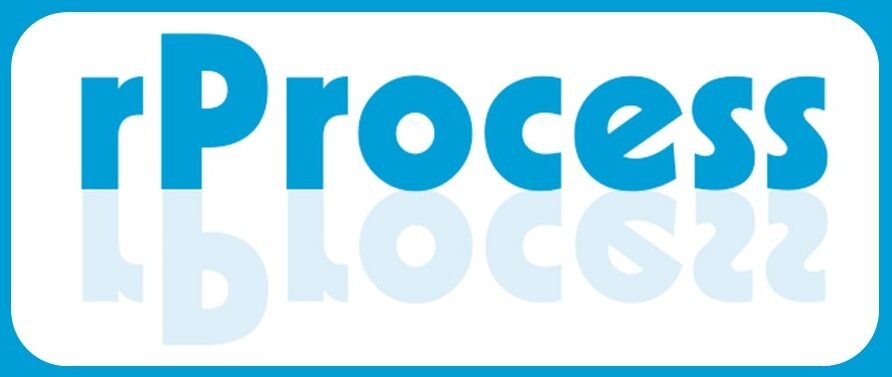Introduction
In the face of climate change and growing energy demands, the adoption of renewable energy sources has become imperative. Solar energy, in particular, has gained widespread attention due to its sustainability and minimal environmental impact. While solar power holds great promise for urban environments, it also presents unique challenges. In this blog post, we will explore the challenges of implementing solar energy in urban areas and discuss innovative solutions to overcome them.
Challenges of Solar Energy in Urban Environments
- Limited Space
One of the most significant challenges of implementing solar energy in urban areas is the scarcity of space. Unlike rural areas where large open spaces are readily available for solar panel installations, cities have limited real estate for solar arrays. Rooftops are the primary space for solar panels in urban environments, but even these are often occupied by HVAC systems, communication equipment, and other structures.
Solution: To maximize the use of available space, vertical solar installations, such as solar facades and solar awnings, are being explored. These technologies allow solar panels to be integrated into the architecture of buildings, making use of previously underutilized surfaces.
- Shading and Obstructions
Tall buildings, trees, and other structures in urban areas cast shadows that can significantly reduce the efficiency of solar panels. These shading issues can result in a loss of power generation during certain parts of the day.
Solution: Micro-inverters and power optimizers can mitigate shading issues by allowing each solar panel to operate independently. This ensures that shaded panels do not drag down the performance of the entire array. Additionally, careful site selection and the use of advanced shading analysis tools can help identify optimal locations for solar installations.
- Grid Integration
Urban areas have complex electrical grids that must accommodate a variety of energy sources, including solar. Integrating solar energy into these grids while maintaining stability and reliability is a challenge.
Solution: Smart grid technologies and energy storage systems play a crucial role in solving this challenge. Battery storage can store excess solar energy during the day for use during peak demand periods or at night. Moreover, grid management systems with real-time monitoring and control capabilities can ensure seamless integration and balance between energy supply and demand.
- Aesthetic Concerns
In urban areas, aesthetics often plays a significant role in decision-making. Some residents and businesses may be reluctant to install solar panels due to concerns about how they will affect the appearance of buildings.
Solution: Building-integrated photovoltaics (BIPV) offer a solution by incorporating solar panels directly into building materials, such as glass facades and roofing materials. BIPV systems are designed to be aesthetically pleasing and seamlessly blend with the building’s architecture.
- Cost
While the cost of solar panels has been steadily decreasing, the initial investment for solar installations can still be a barrier for many urban residents and businesses.
Solution: Financial incentives, tax credits, and subsidies offered by governments can help reduce the cost of solar installations. Additionally, third-party financing and power purchase agreements (PPAs) enable individuals and organizations to adopt solar energy with little to no upfront costs.
Conclusion
Solar energy has the potential to play a pivotal role in meeting the energy needs of urban environments while reducing greenhouse gas emissions. Despite the challenges of limited space, shading, grid integration, aesthetics, and costs, innovative solutions and technologies are continually emerging to make solar energy a viable and attractive option for urban areas.
As we move forward, collaboration between governments, businesses, and communities will be essential to drive the adoption of solar energy in cities. With concerted efforts and the implementation of cutting-edge solutions, urban areas can harness the power of the sun to create a sustainable and greener future.


